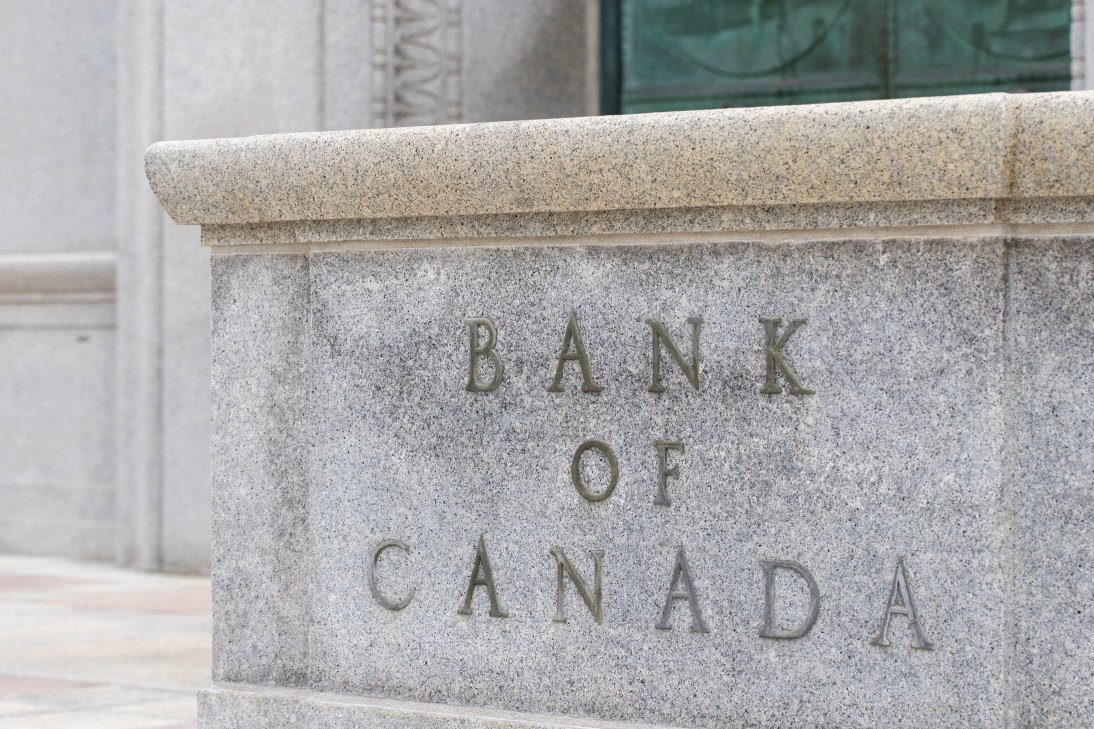Key Takeaways:
- The Bank of Canada (BoC) just announced it is holding its lending rate at 2.75%, moving away from the two back-to-back cuts it made earlier this year
- The central bank’s lending rate influences the interest rates banks charge on financial products such as mortgages, business loans, and personal loans
- TD Director of Economics James Orlando said the hold signals that the central bank feels it has done enough to stimulate the economy for now
The Bank of Canada (BoC) just announced it is holding its lending rate firm at 2.75%, moving away from the back-to-back cuts it made earlier this year.
In March, Canada’s central bank cut its lending rate by 25 basis points, bringing the rate down to 2.75%. The cut was the BoC’s second rate reduction this year, as it also cut its lending rate by 25 basis points in January.
According to TD Director of Economics James Orlando, the rate hold is not a total surprise as market participants and economists were divided on whether the BoC would announce a cut or hold.
Aside from the U.S.-imposed tariffs on Canadian exports, the Canadian economy has been quite resilient, Orlando explained.
“Growth has been strong, consumer spending has been picking up, and auto sales are doing well. As a result, GDP was on track to be strong in 2025,” he said.
These factors have caused inflation to pick up slightly, since more consumer demand leads to higher prices for goods. Orlando said this situation was justification for the BoC to hold its lending rate, as it did not feel like it needed to stimulate the economy further with additional rate cuts right now.
In its statement on the rate hold, the BoC said: "The major shift in direction of U.S. trade policy and the unpredictability of tariffs have increased uncertainty, diminished prospects for economic growth, and raised inflation expectations."
"Pervasive uncertainty makes it unusually challenging to project GDP growth and inflation in Canada and globally."
What a Bank of Canada rate hold means for Canadians
The BoC’s lending rate is used as a benchmark by financial institutions to set interest rates on financial products such as mortgages, personal loans, and business loans.
So, when the BoC cuts its lending rate, it can become cheaper to borrow money. And when the BoC’s lending rate goes up, it can become more expensive.
If the BoC holds its lending rate, not much changes for Canadians. For Canadians with both variable rate mortgages and fixed rate mortgages, things should remain status quo.
Will there be interest rate relief in 2025?
According to the current forecast from TD Economics, Orlando said it is suspected that the BoC will bring its lending rate down to around 2% by the end of 2025.
It is unclear at the moment, however, when those additional rate cuts will happen.
“We are on a pretty good path to get to that 2% mark,” Orlando said. “Right now, 2.75% is pretty close.”
